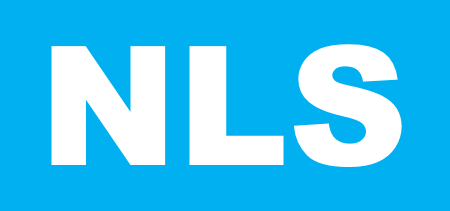Now that NLS has passed 1000 hours on our new 3D printer, it is time for a review. The verdict is that 3D printing is a powerful tool. In fact, it has been indispensable on several projects thus far. As engineers, we love to get our hands on parts and assemble everything together. With products becoming more and more complicated, prototyping to verify and validate the fit, form, and function of a part or assembly is absolutely critical. 3D printing has given us the opportunity to make several tweaks to prototypes in order to identify issues, update models, and re-print parts immediately. In doing this, we’ve been able to correct issues that would be difficult to catch in a 3D computer model.
While our printer is extremely useful, it does have some downfalls—mainly cost. The equipment is not cheap. Our 3D printer was nearly $50,000. Of course there are cheaper and more cheerful models available, but they do not produce the print quality that we need for a design engineering operation such as ours. In addition to the initial machine cost, raw material costs are huge! A two-kilogram spool of material will cost about $250, even though the actual material inside the spool costs somewhere around $5. Unfortunately, the machine is designed to use only spooled material from the original equipment manufacturer. In other words, we are captive to a single vendor and have no choice but to buy from the manufacturer and pay the markup. However, it’s important to compare this cost with the potential cost of rework down the road, both for us and our clients. The answer is obviously—it is much better to invest in a 3D printed prototype and identify issues during the design phase than it is to change the design once steel has been cut and molds have been made. A 3D printed prototype during the design phase of a product can pay for itself tens of times over through the course of the manufacturing phase.
3D printing has become the new normal for design engineering firms, and it is an expected part of the development process. The market realizes that it is now a requirement for developing great new products and I think this is a great thing. In closing, while cost may be the only (and biggest) downside to 3D printing, it is an invaluable asset that enables us to make more effective use of our time and resources.

